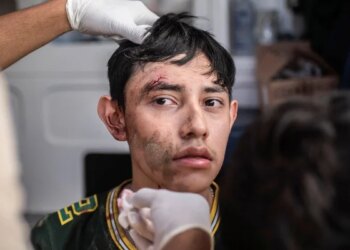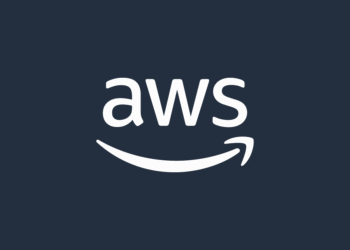Select Language:
A university in Australia has found itself at the center of controversy after relying heavily on an AI-based system to check students’ assignments, only to mistakenly accuse students of cheating using artificial intelligence.
The university had adopted the AI tool with the goal of maintaining academic integrity and streamlining the plagiarism detection process. However, in a recent incident, the system falsely flagged several students’ work as completed with the assistance of AI, leading to unwarranted allegations of academic dishonesty.
According to sources familiar with the matter, the automated system identified certain patterns in the students’ submissions that it interpreted as indicative of AI-generated content. Unfortunately, these signals turned out to be false positives, as the students’ work was entirely their own. The university has since acknowledged the errors and is reviewing the AI tool’s accuracy and effectiveness.
Students affected by this mistake expressed frustration and concern over the implications of these false accusations. “It’s unsettling to be accused of cheating without proper evidence, especially when you put genuine effort into your assignments,” one student commented. Others worry that such misjudgments could harm their academic records and future opportunities.
Educational experts have weighed in, emphasizing that while AI tools can be helpful in maintaining integrity, they should be used cautiously and complemented with human judgment. Relying solely on automated systems without oversight can lead to serious mistakes, experts warn.
The university has promised to conduct a thorough investigation and has reassured students that it will uphold fairness and transparency throughout the review process. In the meantime, the institution is considering refining its AI detection methods to prevent similar incidents from occurring in the future.
This episode highlights the ongoing debate about the role of artificial intelligence in education, raising questions about accuracy, fairness, and how best to balance technological tools with human oversight in academic settings.







